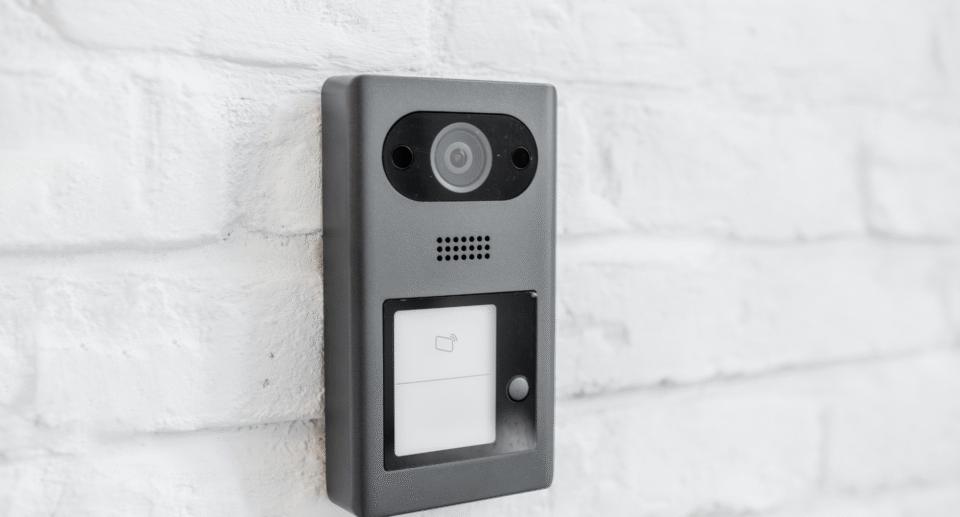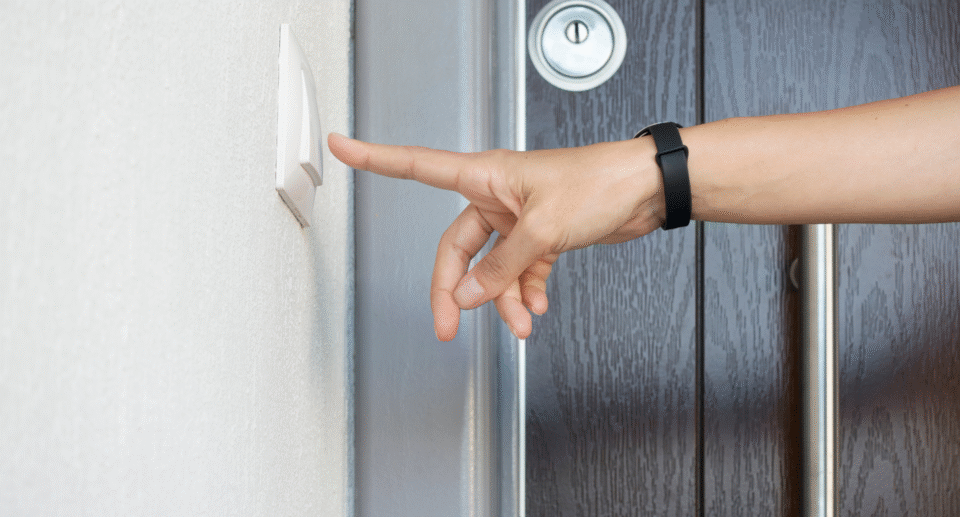Can You Use a CCTV Camera Without a DVR?
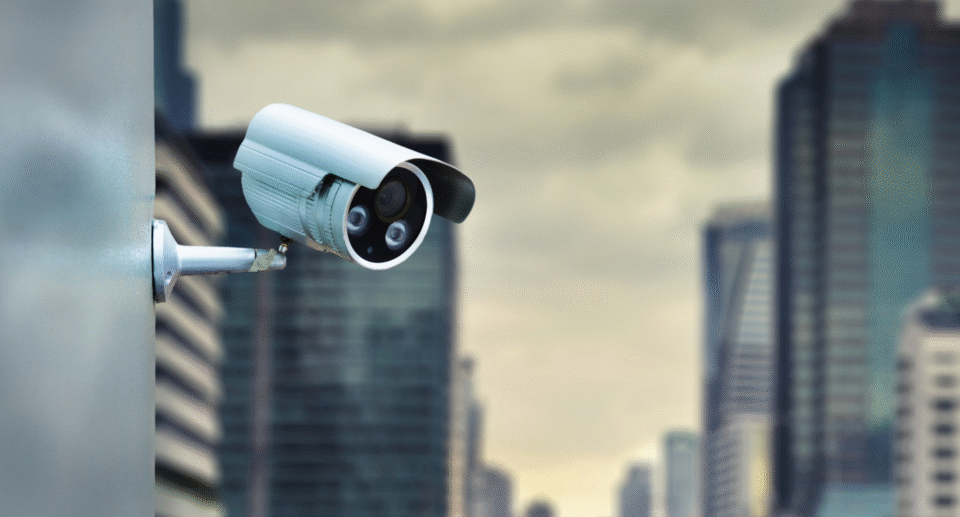
CCTV (Closed-Circuit Television) cameras have become one of the most widely used tools for enhancing home and business security. Their primary purpose is to monitor and record activities, ensuring that property is kept safe and providing peace of mind for owners. Traditionally, CCTV cameras are paired with a DVR (Digital Video Recorder) or NVR (Network Video Recorder) system to record and store footage. However, a common question arises—can you use CCTV cameras without a DVR? This article explores whether it is possible to operate CCTV cameras without a DVR and discusses alternative methods of recording, monitoring, and managing a surveillance system.
Understanding CCTV Systems and DVR/NVR
To fully understand whether CCTV cameras can operate without a DVR, it’s essential to first grasp the role of the DVR or NVR in a typical CCTV setup.
A DVR (Digital Video Recorder) is the central device used in traditional CCTV systems that rely on analog cameras. It records video footage captured by the cameras onto hard drives and allows users to manage and store recorded footage. The DVR acts as a hub for all the camera feeds and enables playback of the footage at later times. A DVR is necessary for converting analog signals into digital ones, allowing for storage and easier access.
An NVR (Network Video Recorder) is used for IP-based cameras, which are digital cameras that connect via a network, instead of relying on physical cables like traditional CCTV systems. An NVR records video footage via a network connection and stores it on either local or cloud-based storage. NVR systems are often easier to integrate with modern, higher-resolution cameras.
Both DVR and NVR systems are typically considered necessary to functionally operate a CCTV system, but recent technological advancements have introduced other methods to use CCTV cameras without a traditional DVR or NVR.
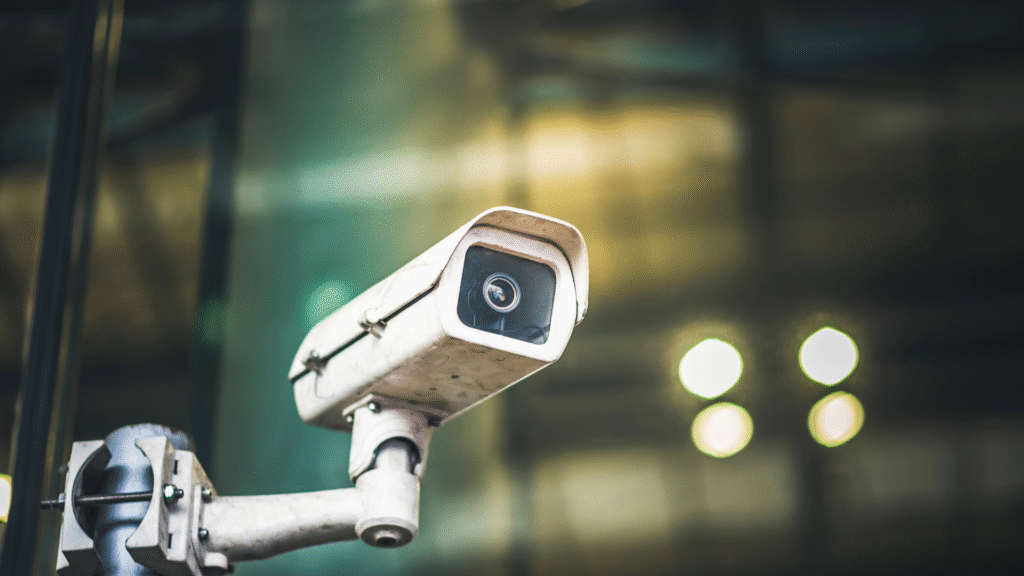
Can You Use CCTV Cameras Without a DVR?
While DVR and NVR systems are common, certain types of CCTV cameras can function without these devices. The ability to use CCTV cameras without a DVR depends on the technology and the alternative recording options available. Here are some scenarios in which CCTV cameras can be used without a DVR:
Using IP Cameras with Direct Cloud Storage
One of the most straightforward alternatives to using a DVR is utilizing cloud storage. Some modern CCTV systems, particularly IP cameras, can record directly to the cloud. These cameras are often Wi-Fi-enabled or connected via Ethernet, making them capable of accessing the internet and storing footage on cloud services.
Cloud-based CCTV systems are gaining popularity because they offer several advantages. Most cloud services allow you to view live footage and recorded video from anywhere, which can be convenient for people who are constantly on the go. Additionally, cloud storage offers off-site storage, ensuring that your footage remains safe even in the case of damage or tampering with the local CCTV setup.
This method eliminates the need for a DVR, and the process is often as simple as subscribing to a cloud storage service, setting up the cameras, and allowing the footage to automatically upload to the cloud.
While cloud storage provides many benefits, there are a few drawbacks. Cloud storage usually requires a paid subscription, with fees based on the amount of storage required. Additionally, since this system depends on your internet connection, having a slow or unreliable connection can affect the camera’s performance and video quality. Moreover, bandwidth limitations can result in lag or reduced video resolution.
CCTV Cameras with SD Card Storage
Another viable option for using CCTV cameras without a DVR is employing cameras with SD card storage. Many modern cameras, especially wireless ones, include an SD card slot that allows them to record footage directly to the card.
This is a practical solution for smaller setups or locations where continuous video recording is not necessary. The SD card serves as the local storage device, and the camera records footage directly to it, eliminating the need for an external DVR or NVR. This can be an affordable option for homeowners or small businesses that do not want to invest in additional storage devices.
SD card storage also comes with its advantages, including the lack of ongoing costs and the convenience of offline operation. However, the limitations include restricted storage capacity and the risk of overwriting old footage once the card reaches its storage limit. If the footage is not regularly downloaded or the card isn’t replaced when full, there is a risk of losing important video evidence.
Using a Computer or NAS for Recording
A more advanced alternative to using a DVR or NVR is to set up a CCTV system that uses a computer or Network-Attached Storage (NAS) device for recording. With this approach, the CCTV cameras (particularly IP cameras) connect to the computer or NAS, and the video feeds are recorded and stored using software applications.
Several software solutions, such as Blue Iris, ZoneMinder, or iSpy, are available to allow you to record video from multiple cameras and manage footage. These applications can be installed on a personal computer or NAS, enabling video recording without the need for a dedicated DVR.
This method provides flexibility, as you can repurpose an old computer or use a NAS for video storage, potentially saving money. It also offers a greater degree of customization, with the ability to schedule recordings, configure motion detection settings, and manage alerts.
While the software-based approach provides a wide range of customization options, it also comes with its challenges. Setting up a system like this requires more technical expertise than traditional CCTV setups. Additionally, using a computer or NAS may increase power consumption compared to a dedicated DVR or NVR system.
What Are the Limitations of Using CCTV Without a DVR?
Although using CCTV cameras without a DVR or NVR can be a feasible solution, there are several drawbacks to consider:
Limited Recording Duration
One of the main challenges with using alternatives such as SD cards or cloud storage is the limited storage capacity. Whether you’re using an SD card or cloud service, the available storage is finite. If your camera is set to record continuously, the storage device will eventually fill up, causing old footage to be overwritten. With a DVR, you can configure longer storage options, ensuring that you have a backup in case of incidents that may require you to review the footage.
Lack of Integration
A DVR or NVR system is designed to integrate several cameras into one cohesive surveillance setup. Without one, managing multiple cameras becomes more complex. For instance, using a camera with an SD card storage solution might mean that you cannot access footage from other cameras in the same way you would with a centralized DVR system. Additionally, managing footage across different devices may prove difficult, especially if you have to access recordings from multiple locations.
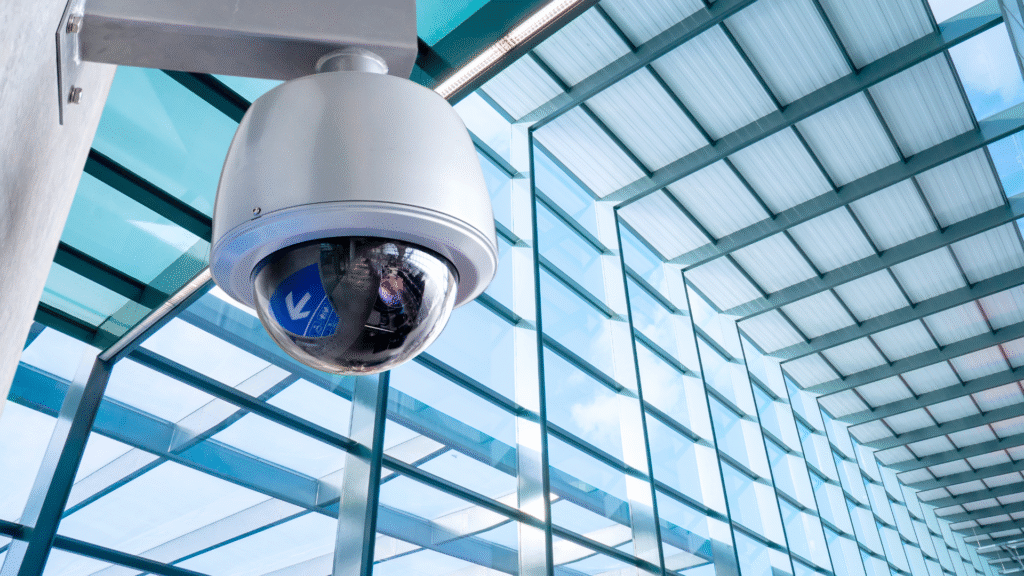
Missing Advanced Features
DVR and NVR systems often come with additional advanced features, such as motion detection, scheduled recordings, and alerts. Many systems can be set to record only when motion is detected, reducing the amount of footage stored and allowing you to focus on relevant events. In contrast, alternatives like SD card-based systems or basic cloud storage might not have all the advanced features that enhance the functionality of a CCTV system.
Security Risks
Cloud-based solutions come with inherent security risks. If the cloud storage service or camera system is not properly secured, hackers could gain access to your footage. For those using SD card storage or NAS devices, physical security becomes more important. Unauthorized access to the storage device could result in footage being deleted or tampered with.
Conclusion
In conclusion, while traditional CCTV systems typically rely on DVR or NVR setups for video recording and management, it is possible to use CCTV cameras without these devices. IP cameras that support cloud storage or SD card storage offer alternative methods for capturing and storing video footage without the need for a DVR. Additionally, using a computer or NAS to record footage offers another viable solution.
However, these alternatives come with their own limitations, including restricted storage capacity, potential security risks, and the lack of centralized management. Ultimately, whether you choose to use CCTV cameras without a DVR depends on the type of camera, your storage needs, and how you plan to monitor and manage your surveillance system. It’s important to weigh the pros and cons of each method to determine which best suits your security requirements.
CCTV (Closed-Circuit Television) cameras have become one of the most widely used tools for enhancing home and business security. Their primary purpose is to monitor and record activities, ensuring that property is kept safe and providing peace of mind for owners. Traditionally, CCTV cameras are paired with a DVR (Digital Video Recorder) or NVR (Network Video Recorder) system to record and store footage. However, a common question arises—can you use CCTV cameras without a DVR? This article explores whether it is possible to operate CCTV cameras without a DVR and discusses alternative methods of recording, monitoring, and managing a surveillance system.
Understanding CCTV Systems and DVR/NVR
To fully understand whether CCTV cameras can operate without a DVR, it’s essential to first grasp the role of the DVR or NVR in a typical CCTV setup.
A DVR (Digital Video Recorder) is the central device used in traditional CCTV systems that rely on analog cameras. It records video footage captured by the cameras onto hard drives and allows users to manage and store recorded footage. The DVR acts as a hub for all the camera feeds and enables playback of the footage at later times. A DVR is necessary for converting analog signals into digital ones, allowing for storage and easier access.
An NVR (Network Video Recorder) is used for IP-based cameras, which are digital cameras that connect via a network, instead of relying on physical cables like traditional CCTV systems. An NVR records video footage via a network connection and stores it on either local or cloud-based storage. NVR systems are often easier to integrate with modern, higher-resolution cameras.
Both DVR and NVR systems are typically considered necessary to functionally operate a CCTV system, but recent technological advancements have introduced other methods to use CCTV cameras without a traditional DVR or NVR.
Can You Use CCTV Cameras Without a DVR?
While DVR and NVR systems are common, certain types of CCTV cameras can function without these devices. The ability to use CCTV cameras without a DVR depends on the technology and the alternative recording options available. Here are some scenarios in which CCTV cameras can be used without a DVR:
Using IP Cameras with Direct Cloud Storage
One of the most straightforward alternatives to using a DVR is utilizing cloud storage. Some modern CCTV systems, particularly IP cameras, can record directly to the cloud. These cameras are often Wi-Fi-enabled or connected via Ethernet, making them capable of accessing the internet and storing footage on cloud services.
Cloud-based CCTV systems are gaining popularity because they offer several advantages. Most cloud services allow you to view live footage and recorded video from anywhere, which can be convenient for people who are constantly on the go. Additionally, cloud storage offers off-site storage, ensuring that your footage remains safe even in the case of damage or tampering with the local CCTV setup.
This method eliminates the need for a DVR, and the process is often as simple as subscribing to a cloud storage service, setting up the cameras, and allowing the footage to automatically upload to the cloud.
While cloud storage provides many benefits, there are a few drawbacks. Cloud storage usually requires a paid subscription, with fees based on the amount of storage required. Additionally, since this system depends on your internet connection, having a slow or unreliable connection can affect the camera’s performance and video quality. Moreover, bandwidth limitations can result in lag or reduced video resolution.
CCTV Cameras with SD Card Storage
Another viable option for using CCTV cameras without a DVR is employing cameras with SD card storage. Many modern cameras, especially wireless ones, include an SD card slot that allows them to record footage directly to the card.
This is a practical solution for smaller setups or locations where continuous video recording is not necessary. The SD card serves as the local storage device, and the camera records footage directly to it, eliminating the need for an external DVR or NVR. This can be an affordable option for homeowners or small businesses that do not want to invest in additional storage devices.
SD card storage also comes with its advantages, including the lack of ongoing costs and the convenience of offline operation. However, the limitations include restricted storage capacity and the risk of overwriting old footage once the card reaches its storage limit. If the footage is not regularly downloaded or the card isn’t replaced when full, there is a risk of losing important video evidence.
Using a Computer or NAS for Recording
A more advanced alternative to using a DVR or NVR is to set up a CCTV system that uses a computer or Network-Attached Storage (NAS) device for recording. With this approach, the CCTV cameras (particularly IP cameras) connect to the computer or NAS, and the video feeds are recorded and stored using software applications.
Several software solutions, such as Blue Iris, ZoneMinder, or iSpy, are available to allow you to record video from multiple cameras and manage footage. These applications can be installed on a personal computer or NAS, enabling video recording without the need for a dedicated DVR.
This method provides flexibility, as you can repurpose an old computer or use a NAS for video storage, potentially saving money. It also offers a greater degree of customization, with the ability to schedule recordings, configure motion detection settings, and manage alerts.
While the software-based approach provides a wide range of customization options, it also comes with its challenges. Setting up a system like this requires more technical expertise than traditional CCTV setups. Additionally, using a computer or NAS may increase power consumption compared to a dedicated DVR or NVR system.
What Are the Limitations of Using CCTV Without a DVR?
Although using CCTV cameras without a DVR or NVR can be a feasible solution, there are several drawbacks to consider:
Limited Recording Duration
One of the main challenges with using alternatives such as SD cards or cloud storage is the limited storage capacity. Whether you’re using an SD card or cloud service, the available storage is finite. If your camera is set to record continuously, the storage device will eventually fill up, causing old footage to be overwritten. With a DVR, you can configure longer storage options, ensuring that you have a backup in case of incidents that may require you to review the footage.
Lack of Integration
A DVR or NVR system is designed to integrate several cameras into one cohesive surveillance setup. Without one, managing multiple cameras becomes more complex. For instance, using a camera with an SD card storage solution might mean that you cannot access footage from other cameras in the same way you would with a centralized DVR system. Additionally, managing footage across different devices may prove difficult, especially if you have to access recordings from multiple locations.
Missing Advanced Features
DVR and NVR systems often come with additional advanced features, such as motion detection, scheduled recordings, and alerts. Many systems can be set to record only when motion is detected, reducing the amount of footage stored and allowing you to focus on relevant events. In contrast, alternatives like SD card-based systems or basic cloud storage might not have all the advanced features that enhance the functionality of a CCTV system.
Security Risks
Cloud-based solutions come with inherent security risks. If the cloud storage service or camera system is not properly secured, hackers could gain access to your footage. For those using SD card storage or NAS devices, physical security becomes more important. Unauthorized access to the storage device could result in footage being deleted or tampered with.
Conclusion
In conclusion, while traditional CCTV systems typically rely on DVR or NVR setups for video recording and management, it is possible to use CCTV cameras without these devices. IP cameras that support cloud storage or SD card storage offer alternative methods for capturing and storing video footage without the need for a DVR. Additionally, using a computer or NAS to record footage offers another viable solution.
However, these alternatives come with their own limitations, including restricted storage capacity, potential security risks, and the lack of centralized management. Ultimately, whether you choose to use CCTV cameras without a DVR depends on the type of camera, your storage needs, and how you plan to monitor and manage your surveillance system. It’s important to weigh the pros and cons of each method to determine which best suits your security requirements.





